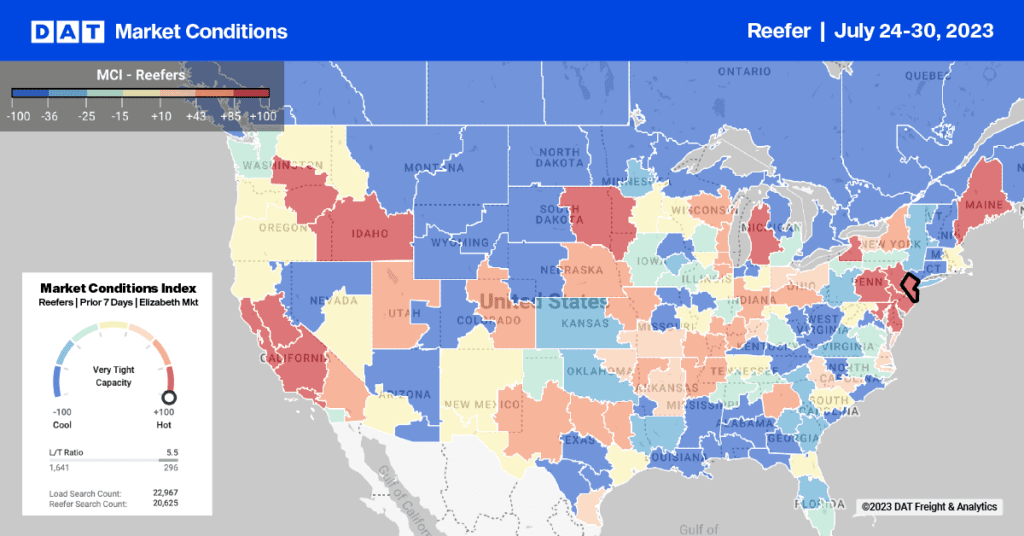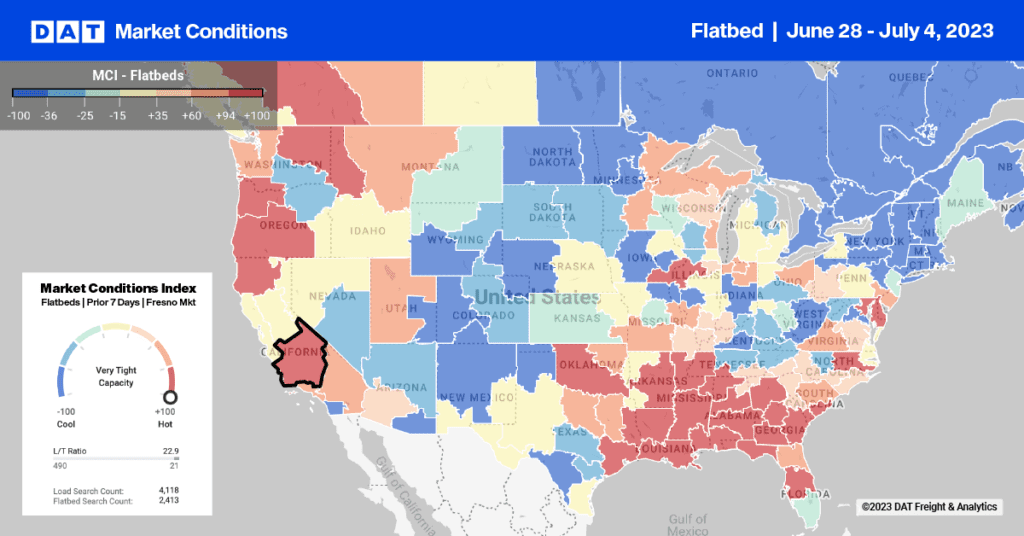The safety record of heavy truck drivers has improved dramatically over the years. From 1985 to 2005 there was a 41% increase in registered large trucks and an 80% increase in miles traveled by large trucks. Over the same time period, the number of large trucks involved in fatal crashes declined by 4%, and the vehicle involvement rate for large trucks in fatal crashes has declined by 47%.
To help manage risk, carriers can educate freight brokers and shippers on conditions that can lead to unsafe behavior by drivers, dispatchers, and managers. For example:
1. Driver fatigue. Fatigue is a factor in about 20% of commercial vehicle crashes and in about 1.5% of fatal crashes. Carriers need to communicate with shippers and brokers about scheduling. A study by the Federal Motor Carrier Safety Administration (FMCSA) found that driver alertness was related to time of day as much as or more than time on task. Even so, 66% of truck-involved accidents happen during the day. Both carriers and their customers play a role in ensuring that drivers obey HOS rules and get enough sleep during their off-duty hours. Brokers should be aware of the carrier’s policy, including the instructions given to drivers who feel they’re too fatigued to continue operating safely.
2. Speed. Nearly one-fourth (24%) of truck drivers involved in fatal crashes in 2006 had at least one prior conviction for speeding. So did 19% of passenger car drivers and 26% of motorcycle riders who were involved in fatal crashes. But exceeding the speed limit is only part of the story. The Fatality Analysis Reporting System (FARS) recently reported that 25% of speeding-related large-truck fatalities occurred under adverse weather conditions. Whether you are a carrier or a broker, take time to work out a contingency plan for bad weather whenever you schedule a load.
3. Distracted driving. Taking all motor vehicle accidents into account, 20% of injury accidents in 2009 were caused by distracted driving. Food, phones, in-cab electronics—any of these items can slow the driver’s response to a situation on the road. Carriers and brokers take heed: plan in advance, and limit check calls and other communication to the hours when drivers are not behind the wheel.
4. Unfamiliar roads. According to an FMCSA study, 22% of large-truck crashes occur when the driver is unfamiliar with the roadway. When you confirm a freight movement, leave time to plan and review the route with the driver. If brokers have route instructions or recommendations, these should be communicated to the dispatcher at the outset, before the truck leaves the loading dock.
Given the potential cost of just one serious accident, it’s important to make sure that everyone who influences driver behavior understands their role.


